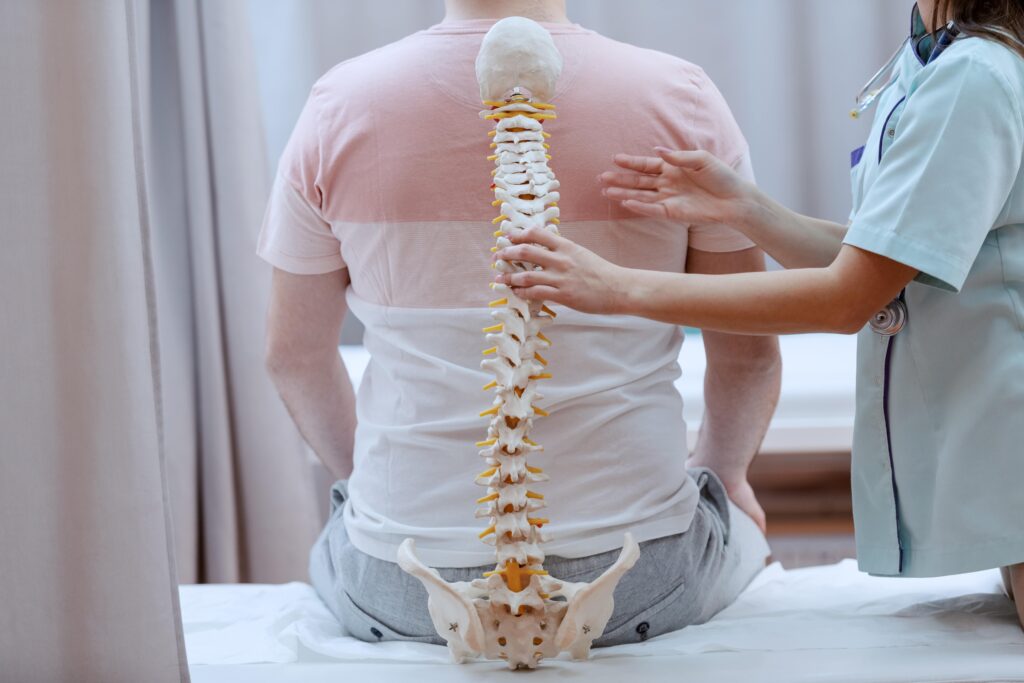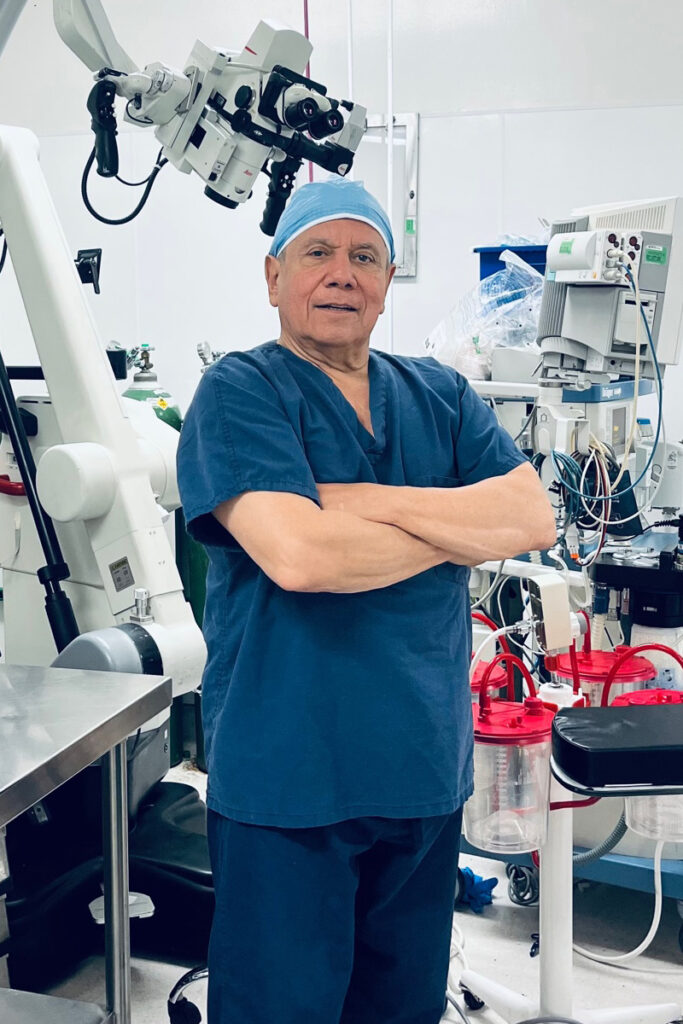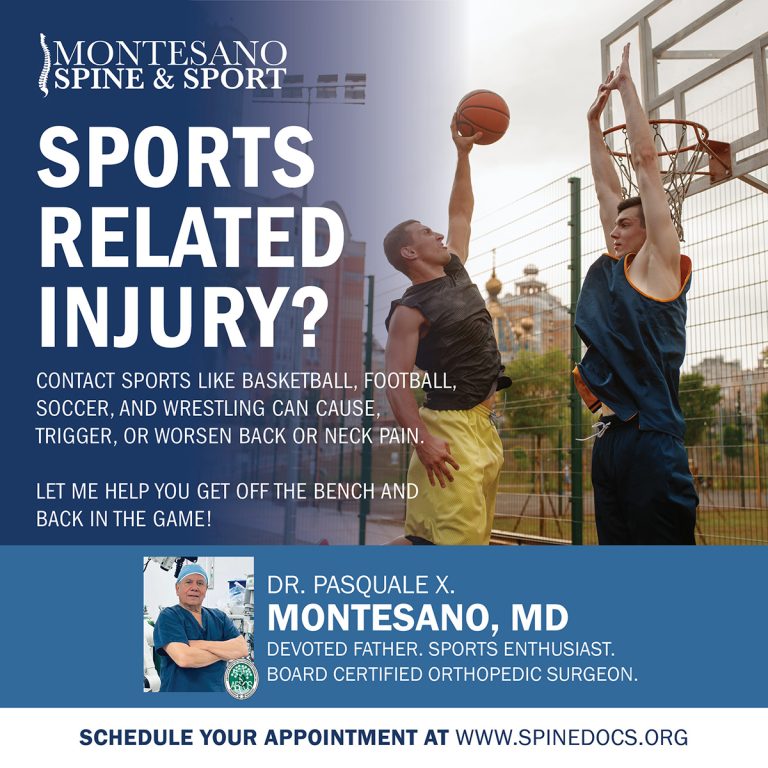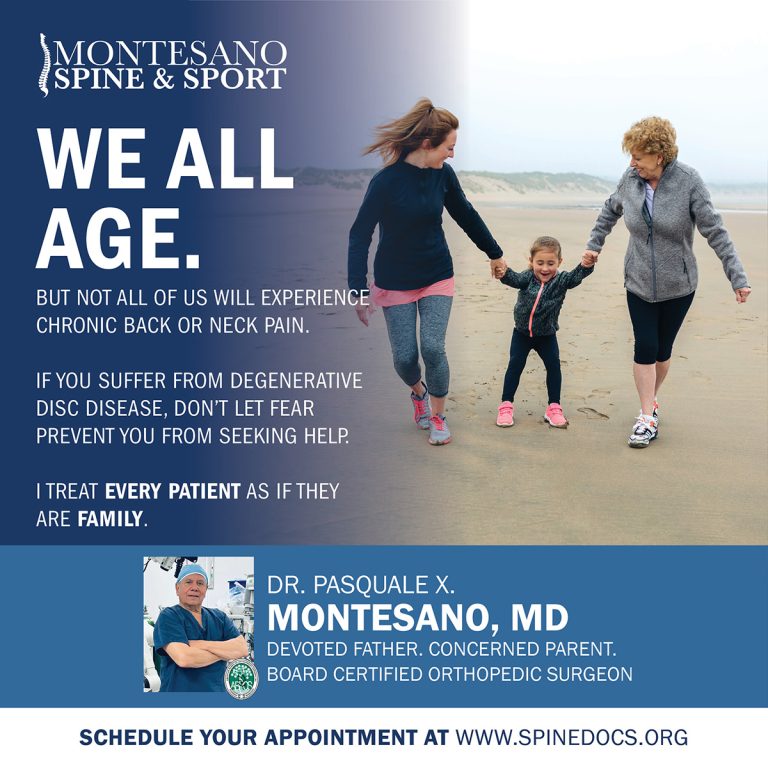Scoliosis surgery is an option when non-surgical treatments fail to improve the curve of the spine.
Signs and Symptoms of Scoliosis
Signs and symptoms that may indicate a need for scoliosis surgery include:
- A spinal curvature angle of more than 40 degrees
- Pain due to the curve, which cannot be relieved with non-surgical interventions such as physical therapy
- Neurological symptoms such as numbness or weakness
- An inability to keep up with daily activities due to discomfort caused by the curvature
- A visible deformity of the spine, including a pronounced hump on one side of the back.

Additionally, scoliosis surgery may be recommended if the curve is progressing rapidly despite other treatments.
In teenagers, this can involve an increase in the spinal curvature angle every six months of more than five degrees. Curves typically progress 1 degree a month but may increase for some individuals.
In adults, it can include an increase in spinal curvature angle of greater than ten degrees per year. If left untreated, severe scoliosis can lead to breathing difficulties and other health problems.
Scoliosis Surgery Goals
Generally, surgical goals for those with scoliosis include:
- Reduce or eliminate pain caused by the curvature
- Stabilize or correct the deformity of the spine
- Maintain flexibility in the back and neck, while also correcting any postural problems
- Increase lung capacity if breathing difficulty is present due to a severe spinal curve
- Prevent further progression of the curve.
Depending on the patient’s condition and needs, different types of surgery may be performed. Some common types of scoliosis surgery include Pedicle Screw Fixation (PSF), Vertebral Column Resection (VCR) and Posterior Spinal Fusion (PSF). Each type of surgery has its own benefits and risks, so it is important to discuss with your doctor the best option for you.
Post-Surgery
No matter which type of surgery is recommended, post-surgical care and rehabilitation are essential in order to ensure a successful outcome. This may include physical therapy, occupational therapy, medications, lifestyle changes and other interventions. In addition, regular follow-up visits with a spine specialist are necessary to monitor progress and make any adjustments if needed.

Choosing a Spine Surgeon
When it comes to scoliosis surgery, choosing the right surgeon is an important decision that will affect the outcome of the procedure. A qualified spine specialist, like Dr. Pasquale X. Montesano, should be chosen who has experience in performing scoliosis surgeries and can provide comprehensive post-surgical care. With the right doctor, scoliosis surgery can be a successful way to improve spinal curvature and reduce pain and discomfort.

Dr. Pasquale X. Montesano is the principal Orthopedic Spine surgeon at Montesano Spine & Sport.
After receiving a Bachelor of Science degree from Siena College and then attending medical school at New York Medical College in Valhalla, NY, Dr. Montesano completed extensive postgraduate training and has worked towards achieving a variety of certifications and awards. In 1998, he received the Volvo Award in Clinical Science. In 1989, Dr. Montesano received the Howmedica Spinal Fixator Grant. In addition to his years of training and experience in surgical and non-surgical treatments of spine disorders, Dr. Montesano has completed an extensive spine fellowship program. He is a diplomate of the American Board of Spine Surgery Society, the American Academy of Orthopedic Surgeons and The American College of Forensic Examiners.
He has a very specific mission: to help patients suffering from serious back or neck disorders return to as much function and comfort as is medically and humanly possible.



